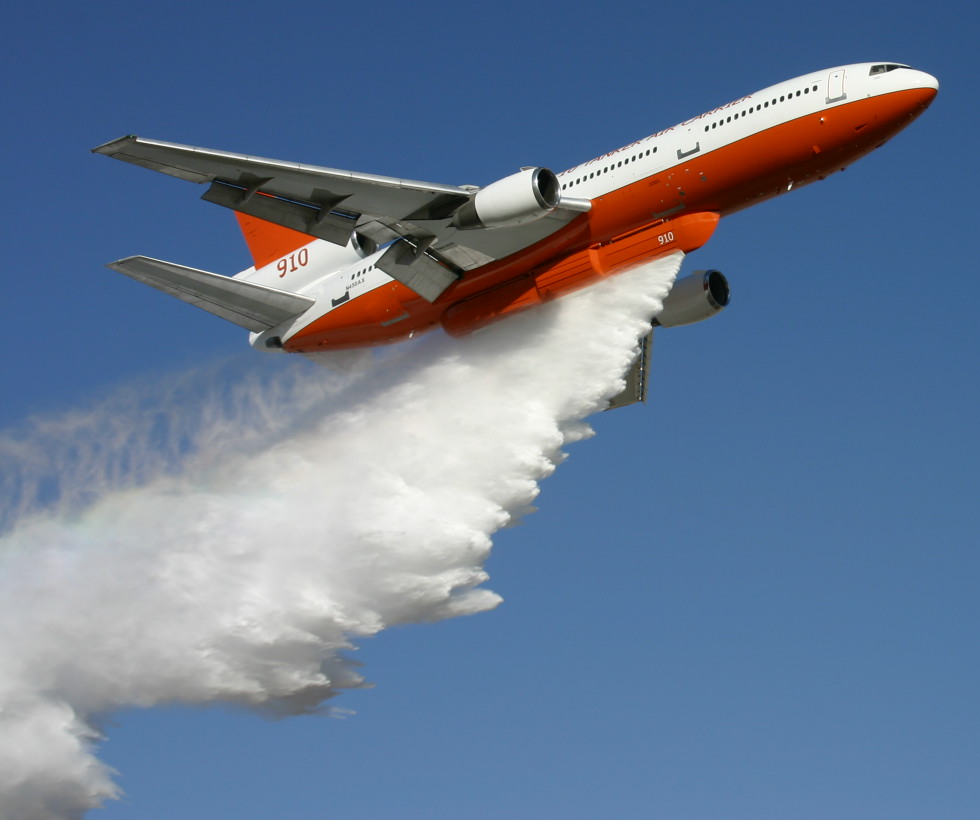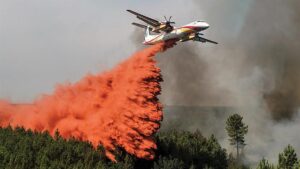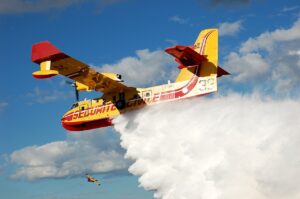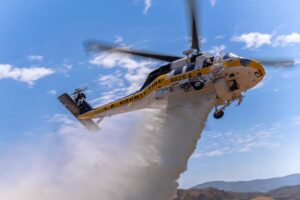
By Jane Thompson
In the face of escalating wildfire threats worldwide, the role of aerial firefighting has become increasingly critical. As the intensity and frequency of wildfires continue to rise due to climate change, the need for effective and innovative firefighting strategies has never been more pressing. This comprehensive 5000-word article explores the multifaceted world of aerial firefighting, examining the types of aircraft used, the technology behind their operations, the challenges faced by aerial firefighting teams, and the crucial role they play in safeguarding our communities and ecosystems.
I. The Evolution of Aerial Firefighting:
A. Historical Perspective:
To understand the present significance of aerial firefighting, it is essential to delve into its historical evolution. Tracing back to the early days of aviation, we discover the humble beginnings of using aircraft for fire control. Pioneering aviators like Edward “Eddie” Rickenbacker, an American World War I flying ace, experimented with dropping water-filled sandbags from planes to combat wildfires in the 1920s.

B. Technological Advancements:
Over the decades, technological advancements have transformed aerial firefighting from rudimentary experiments to a sophisticated and specialized field. Today, a diverse fleet of aircraft, including fixed-wing planes and helicopters, are equipped with state-of-the-art technology, enabling precision drops of water, fire retardants, and other suppressants.
II. Types of Aerial Firefighting Aircraft:
A. Fixed-Wing Aircraft:
- Tanker Aircraft: Explore the various types of tanker planes, their capacity, and the unique challenges they face in fighting wildfires.
- Amphibious Aircraft: Delve into the capabilities of amphibious aircraft, designed to scoop water from lakes or reservoirs for rapid deployment to fire zones.

B. Rotary-Wing Aircraft:
- Helicopters: Examine the versatility of helicopters in aerial firefighting, including their ability to access challenging terrains and provide crucial support to ground crews.
- Unmanned Aerial Vehicles (UAVs): Investigate the emerging role of UAVs in firefighting, exploring their potential advantages and current limitations.

III. Technology Behind Aerial Firefighting:
A. GPS Technology: Discuss how Global Positioning System (GPS) technology enhances the precision and accuracy of aerial firefighting operations.
B. Infrared Imaging: Explore the use of infrared imaging technology for early fire detection and assessing the effectiveness of firefighting efforts.
C. Communication Systems: Examine the communication systems that facilitate coordination among aerial firefighting teams, ground crews, and incident commanders.
IV. Challenges in Aerial Firefighting:
A. Weather Conditions: Investigate how adverse weather conditions, including strong winds, turbulence, and low visibility, pose challenges to aerial firefighting operations.
B. Limited Resources: Explore the limitations of available resources, including the finite supply of fire retardants, water sources, and the logistical complexities of aerial firefighting.
C. Safety Concerns: Discuss the inherent risks faced by aerial firefighting crews, emphasizing the importance of safety protocols and training.
V. Collaborative Efforts and Global Initiatives:
A. International Cooperation: Highlight instances of global collaboration in aerial firefighting efforts, where countries pool resources and expertise to combat wildfires.
B. Research and Development: Explore ongoing research and development initiatives aimed at enhancing the effectiveness of aerial firefighting, from innovative materials to advanced fire prediction models.
VI. Aerial Firefighting in Action:
A. Case Studies: Analyze specific wildfire incidents where aerial firefighting played a decisive role in containment and protection.
B. Human Stories: Share firsthand accounts from aerial firefighting crews, detailing their experiences, challenges, and the emotional toll of battling wildfires from the sky.
VII. The Economic and Environmental Impact:
A. Economic Cost of Wildfires: Examine the economic repercussions of uncontrolled wildfires, including property damage, loss of livelihoods, and the strain on emergency response budgets.
B. Ecological Consequences: Discuss the long-term ecological impact of wildfires on ecosystems, wildlife, and biodiversity, emphasizing the role of aerial firefighting in minimizing such consequences.
VIII. The Future of Aerial Firefighting:
A. Emerging Technologies: Explore cutting-edge technologies on the horizon, such as drone swarms, artificial intelligence, and advanced materials, and their potential to revolutionize aerial firefighting.

B. Policy and Funding: Discuss the importance of policy initiatives and funding in supporting the expansion and improvement of aerial firefighting capabilities worldwide.
Conclusion:
In the complex and dynamic landscape of wildfire management, aerial firefighting stands as a beacon of hope. This comprehensive exploration underscores the vital role these airborne heroes play in protecting our communities, natural landscapes, and the planet at large. As we confront the escalating challenges posed by climate change, continued investment, research, and international collaboration in aerial firefighting remain imperative for a safer and more resilient future.





